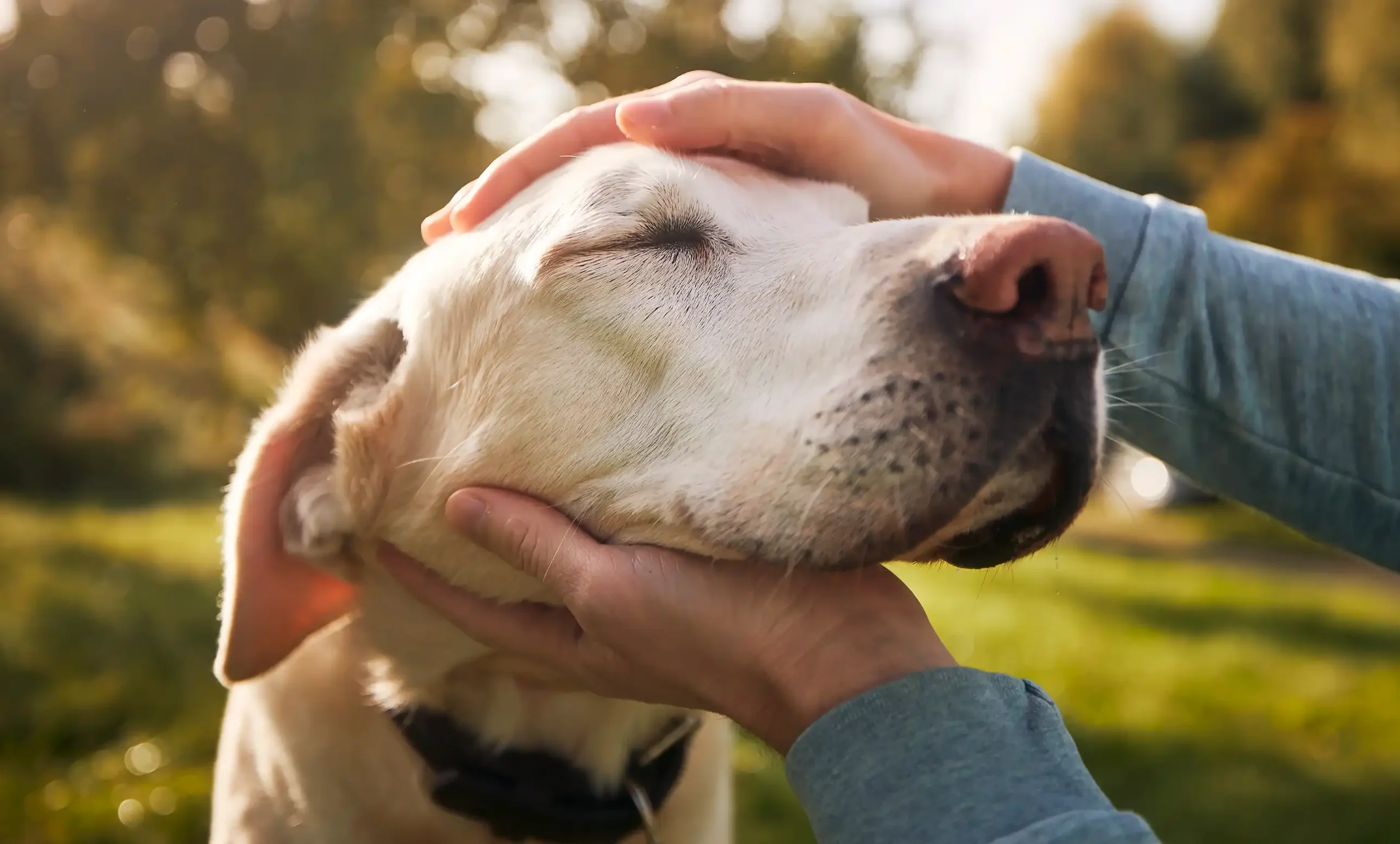Did you know that, until 2016, companies, organizations, and musicians couldn’t legally sing “Happy Birthday to You” in public without paying royalty fees? That’s why many restaurants devised their own version of a birthday greeting for waitstaff to sing. The song was copyrighted in 1935 — which means it’s still not technically in the public domain based on today’s copyright laws — but a court ruling in 2016 made it legal to sing the lyrics without paying royalties to music publisher Warner/Chappel.
For purposes of birthday celebrations, “Happy Birthday to You” is considered in the public domain. And as of January 1, 2019, an extensive library of awesome works of art, music, and literature joined this party classic in the public domain.
What Is Public Domain?
Public domain means that the copyright on an artwork has expired and individuals, companies, and organizations are now free to use, alter, republish, perform, distribute — and profit from — the work without paying royalties to the original creator.
Copyright law gets murky due to changes in the law over the past four centuries. The first copyright law, passed in 1790, only protected an artist’s creations for 14 years before it came up for renewal. In 1976, works entered the public domain 50 years after the original creator died. In 1998, the Sonny Bono act increased the wait to 70 years after an artist’s death or a set time frame of 95 years for works copyrighted between 1923 and 1977.
With this new law, we didn’t see many works fall into the public domain in recent years. But, at the start of 2019, a slew of creations made in 1923 became public domain — and we’ll see a whole year’s worth of new works enter public domain every year for a while.
Pros and Cons of the Public Domain
Obviously, the public domain protects artists from having their work stolen or modified unfavorably. It can also prevent fans from showing their love for their favorite creations with their own original artwork.
For instance, you can’t create your own Batman t-shirt and sell it as a design on Zazzle. But you can choose from our officially licensed DC Comics merchandise to show your love for Batman or Wonder Woman, thanks to our licensing agreement with Warner Bros., the company that owns the rights to DC Comics.
The public domain ensures the quality and integrity of your favorite characters, from Charlie Brown to Mickey Mouse.
Speaking of Mickey Mouse, copyright law was originally extended to protect Mickey as he appeared in the original Steamboat Willie cartoon.
While Mickey and friends are still licensed, plenty of other beloved classics entered the public domain this year, opening up the possibilities for artists and designers to show their love, create derivative works, and keep classic creations alive for many more years to come.
What Works Just Entered the Public Domain?
Lifehacker published an extensive list of copyrighted works that entered the public domain this year, including classic silent films starring Charlie Chaplin and Buster Keaton, the original, silent Ten Commandments movie, and Our Gang (which later became The Little Rascals).
We didn’t get Mickey, but we did get Felix the Cat, who is sure to inspire some adorable and funny t-shirt designs for fans of all ages.
Many classic books also entered the public domain, including The Prophet, Bambi, and Sigmund Freud’s The Ego and the Id.
Creatives can mine their favorite stories to put famous quotes on framed prints, tote bags, and blankets or throw pillows.
The possibilities are truly endless with so many American classics now in the public domain.
What Can You Do With Works in the Public Domain?
The short answer is that you can do anything you want.
Designers can get creative. Put an M.C. Escher print on a tote bag. Create a customized coffee mug featuring your favorite Picasso painting. Honor the memories of the original artists by keeping their creations alive.
However, don’t assume that anything created in 1923 is now in the public domain. Do a copyright search before creating and uploading designs. And make sure to also take advantage of existing royalty-free artwork to create your own custom merchandise.

Zazzle’s Lifestyle Expert is here to help create life’s best & most important moments. Discover unique ideas and endless inspiration to create meaningful memories with family, friends and your community.





Many museums and libraries let you search their online collections using a public domain filter. Although much of their collection won’t be public domain, the filter that many of their websites have will conveniently serve up all the items that are.
This is great and helpful information! Thank you for sharing.